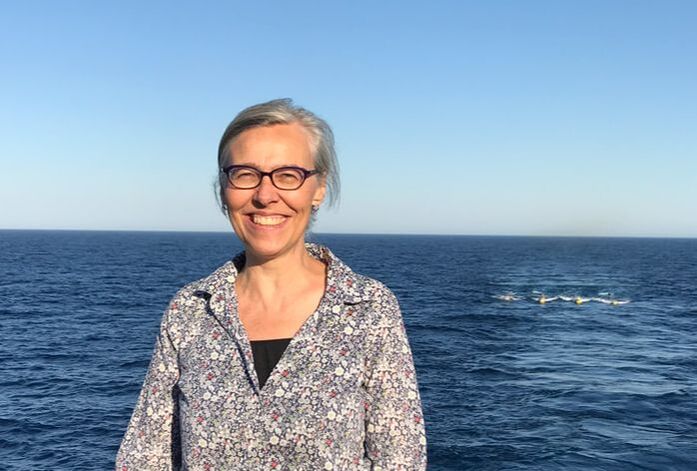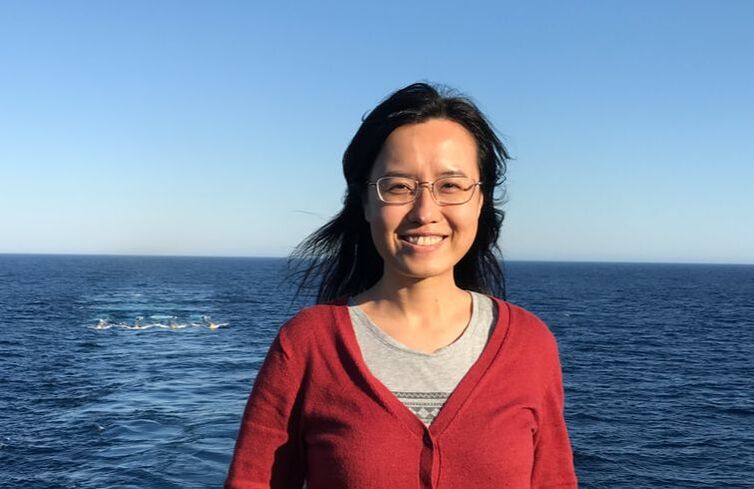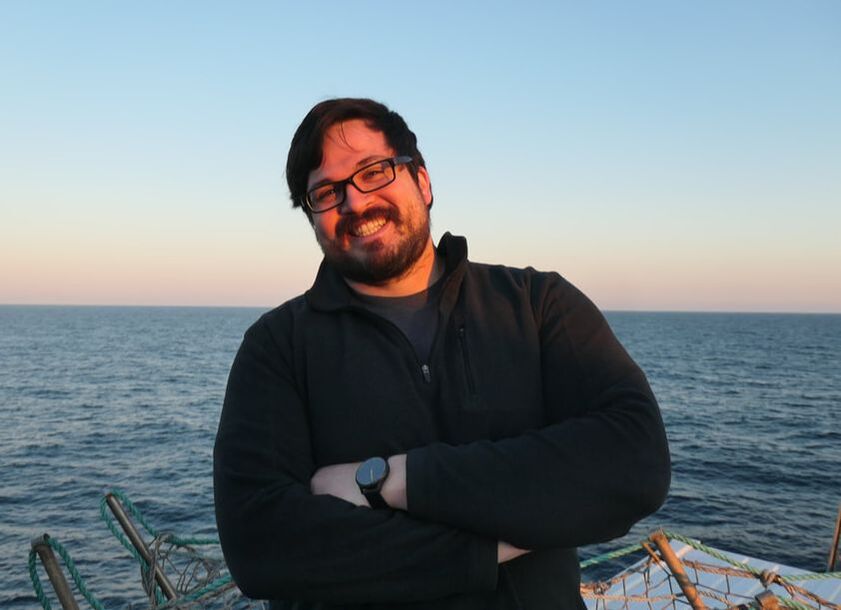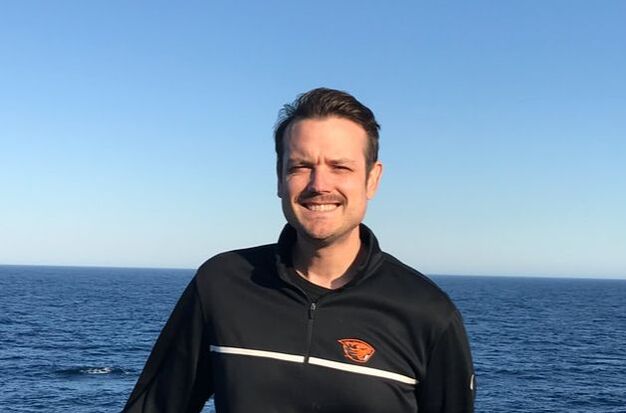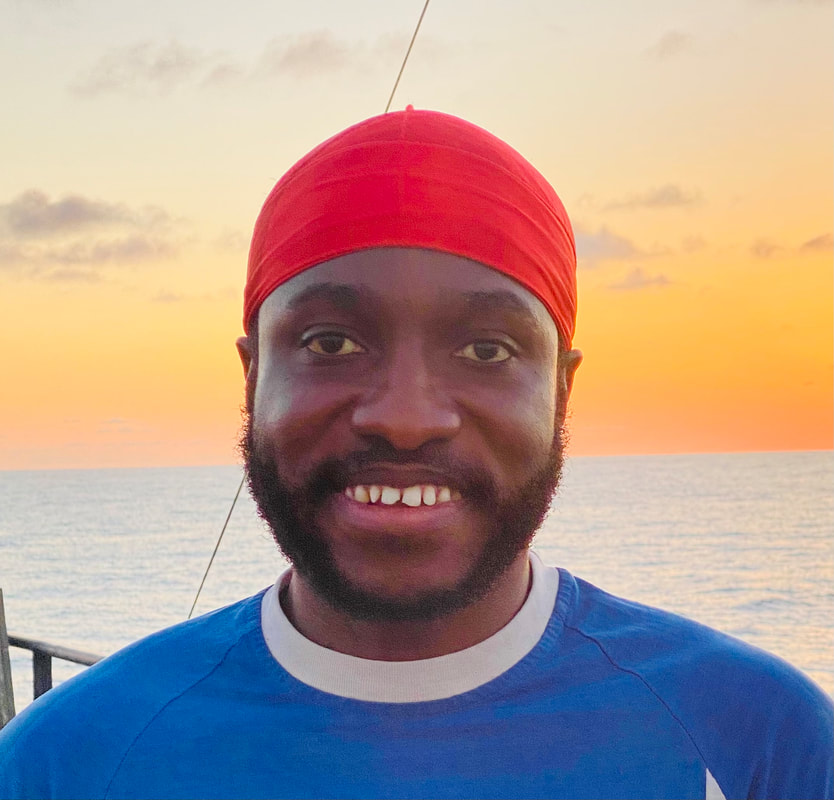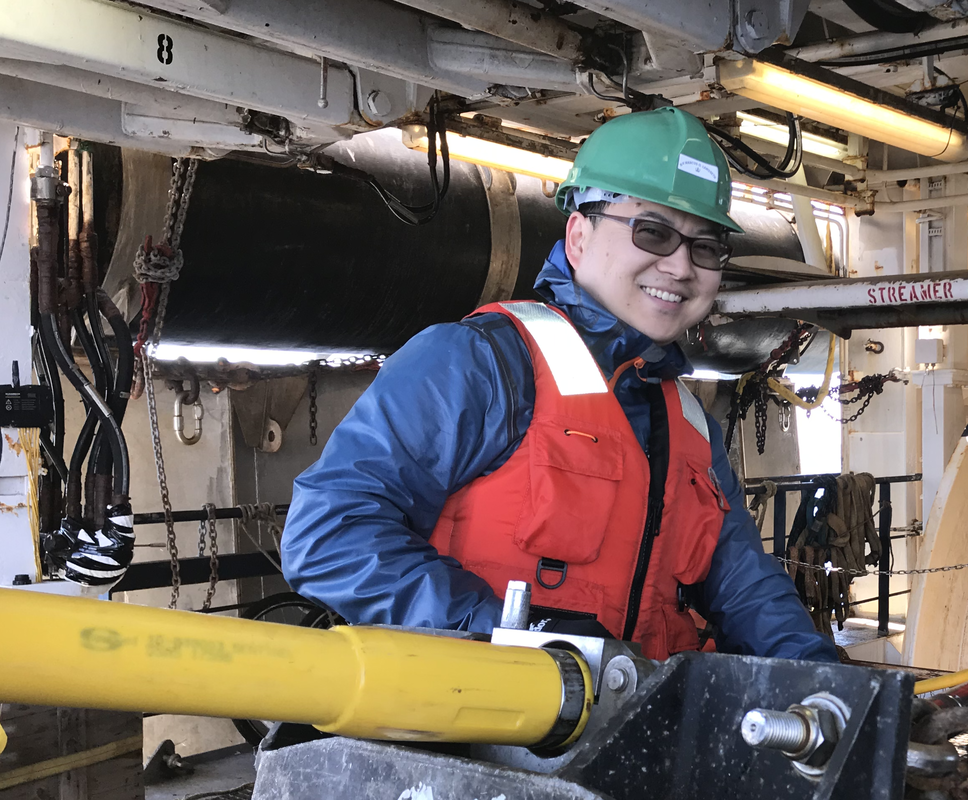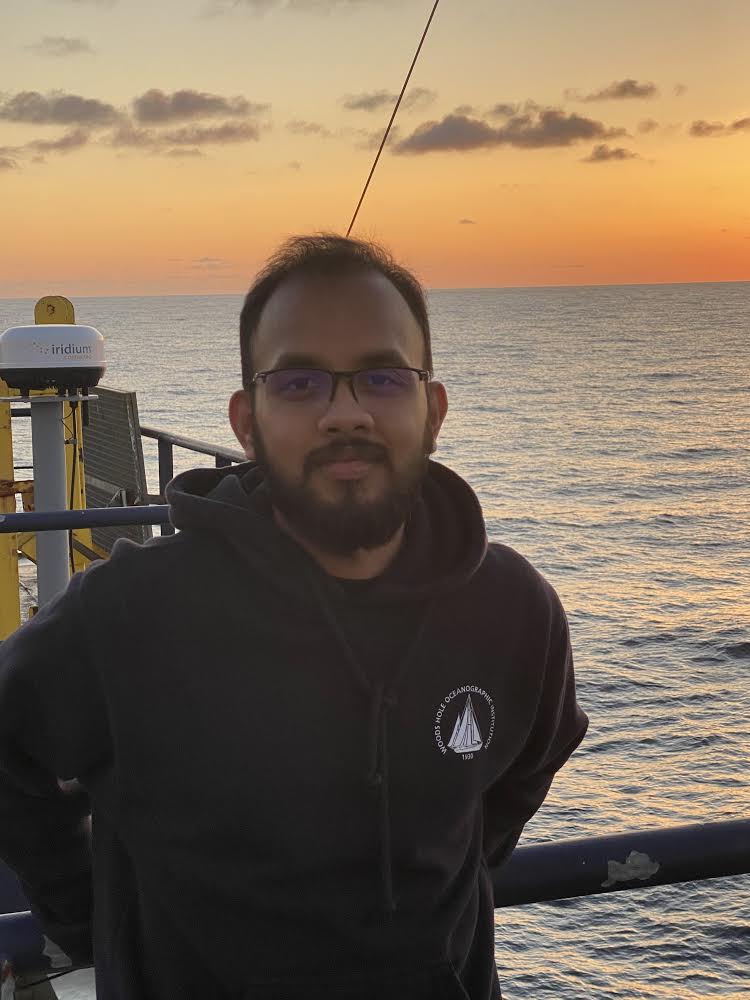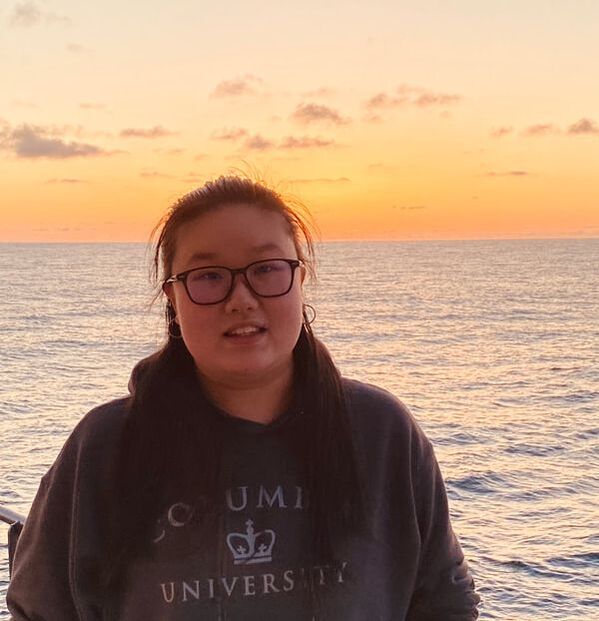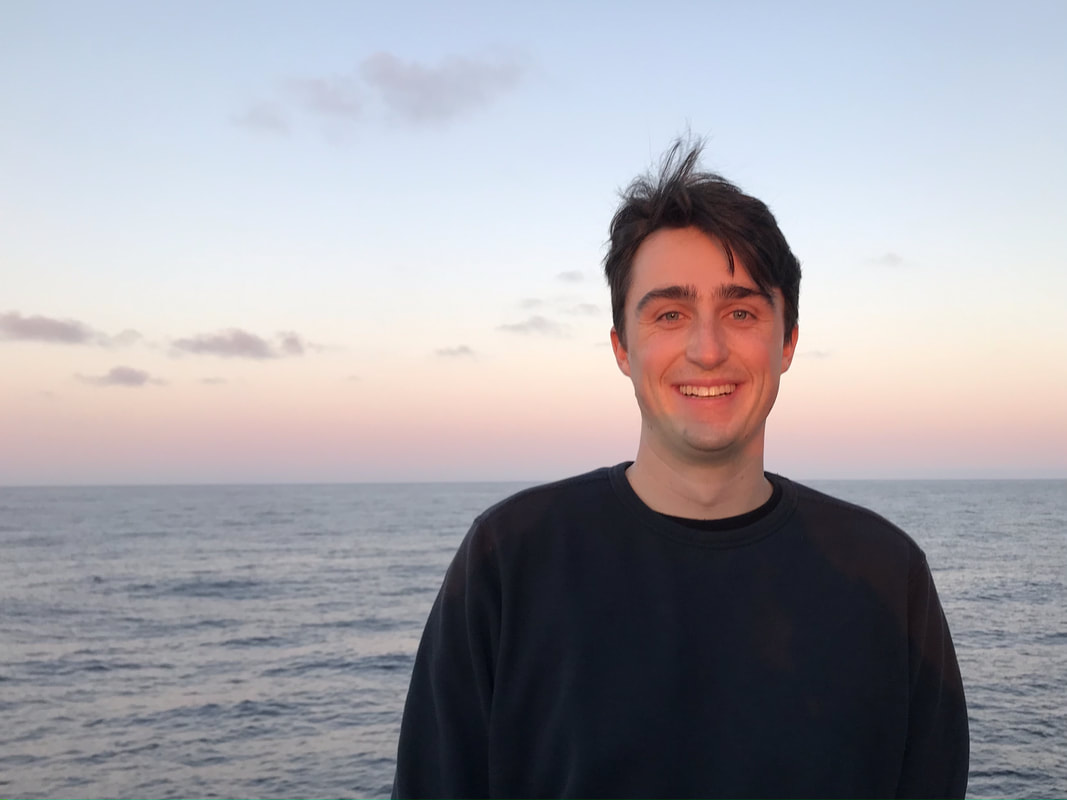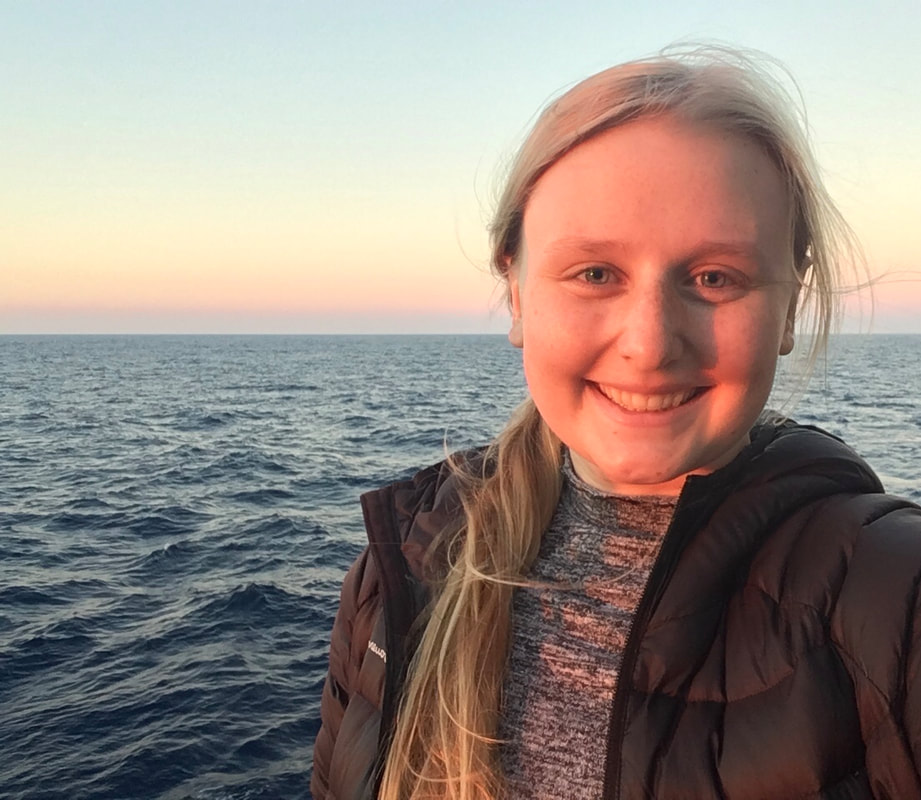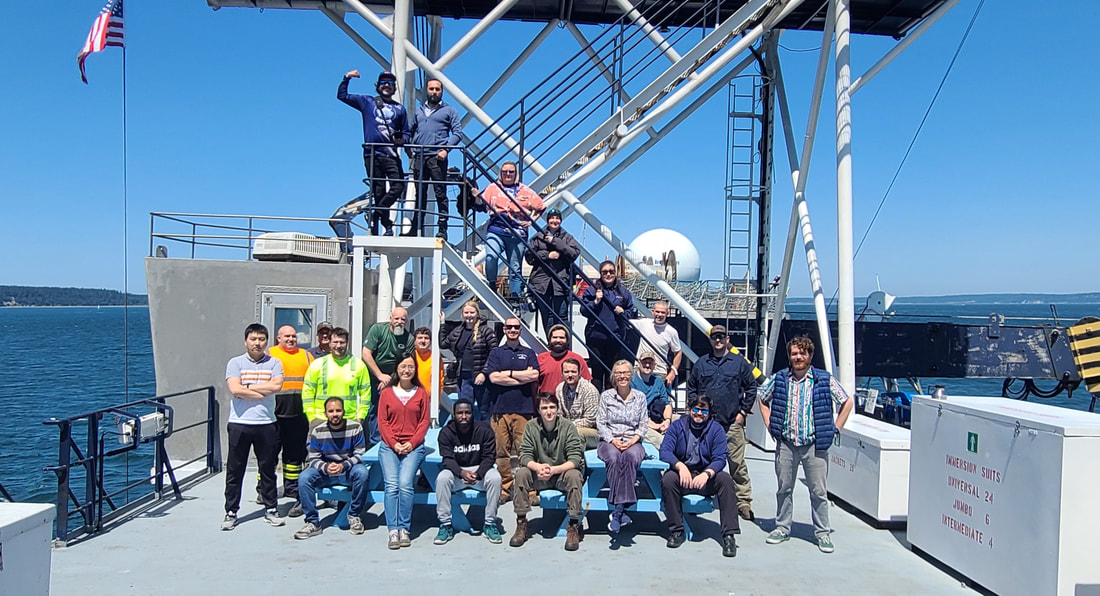Suzanne CarbotteChief Scientist
Suzanne Carbotte is a Bruce Heezen and Lamont Research Professor at Columbia University’s Lamont-Doherty Earth Observatory. Her research makes use of marine geophysical techniques to study the active processes of earthquakes and faulting, hydrothermal flow, and magmatism that occur at different tectonic plate boundaries. This is Suzanne’s 17th research cruise and includes a return to the same region she visited on her first cruise, offshore Vancouver Island, near the northern triple junction region of Cascadia and Explorer plate. Suzanne is Chief Scientist of our study of the Cascadia Subduction Zone.
|
Shuoshuo HanCo-Chief Scientist
Shuoshuo Han is a Research Associate at Institute for Geophysics, the University of Texas at Austin. In her research, she uses active source seismic data and ocean drilling data to study the structure, tectonic processes, and geohazards at subduction margins, and the formation and evolution of oceanic crust. Her recent studies have focused on the Cascadia subduction zone and the Hikurangi subduction zone offshore New Zealand. Shuoshuo is excited about acquiring this regional-scale seismic dataset and using it to investigate subduction processes at Cascadia and earthquake and tsunami hazards along the Pacific Northwest coast. Shuoshuo is a Co-Chief Scientist for this cruise.
|
Brian BostonCo-Chief Scientist
Brian Boston is an Associate Research Scientist at Columbia University’s Lamont-Doherty Earth Observatory. His research uses marine geophysics to study how the Earth’s tectonic plates form, bend, break and slide past each other. He has worked on a range of subduction zone processes and settings, from the incoming plate to the highly deformed inner accretionary prism, at the Japan Trench and Nankai Trough, both regions known for their great earthquakes and tsunamis and both containing unique similarities to the Cascadia margin. Brian is a co-Chief Scientist for this research cruise.
|
Jeff Beeson
Science Team Member
Jeff Beeson is a Principal Research Scientist at NOAA’s Pacific Marine Environmental Lab and Oregon State Universities Cooperative Institute for Marine Ecosystem and Resource Studies (CIMERS). His research uses marine geophysical techniques to image the water-column, seafloor, and subsurface to investigate fluid/gas migration. Jeff is excited to integrate the new MCS data collected on this cruise with existing and soon-to-be-collected geophysical/geochemical data available from Cascadia to study the link between accretionary wedge structures and pervasive methane seep expulsion sites imaged along the margin.
|
Vashan Wright
Science Team Member
Vashan Wright is a postdoctoral investigator at Woods Hole Oceanographic Institution and incoming Assistant Professor at Scripps Institution of Oceanography, University of California San Diego. He quantifies feedbacks between tectonics, paleoclimate, fluid flow, and the deformation of granular media deposited within marine, lacustrine, and coastal environments. To conduct this research, he examines granular media using seismic reflection and refraction profiles, sediment cores, aerial imagery, trenches, and x-ray microtomography. He integrates these data with numerical, experimental, and theoretical rock physics, fluid flow, and heat flow models to study tectonics, paleoseismicity, and earthquake-triggered geohazards.
|
Hanchao Jian
Science Team MemberHanchao Jian is a postdoc investigator at Woods Hole Oceanographic Institution. His research uses active marine seismic data and advanced seismic imaging/inversion methods to resolve high-resolution structures of slow/ultraslow-spreading ridges and continental margins. He has worked on Southwest Indian and Mid-Atlantic ridge segments and the Eastern Canadian rifted continental margin. He participated in several integrated and ocean bottom seismic cruises before, but this is his first multi-channel seismic (MCS) cruise. He is excited for learning about both MCS data acquisition and the Cascadia subduction zone.
|
Bhargav Boddupalli
Science Team MemberBhargav is a postdoc at the Jackson School of Geosciences, UT Austin. His work is focused on understanding different types of plate margins using geophysical data. He got his PhD from National Oceanography Centre Southampton UK working on the Deep Galicia margin to understand final stages of the continental breakup process. He has been at sea acquiring different geophysical datasets in the Barents Sea, North Sea and Bay of Bengal in the past. Currently, he is working in the Cascadia project with an aim to develop a high-resolution physical properties model of the Cascadia subduction zone using seismic data.
|
Michelle Lee
Science Team MemberMichelle is a PhD student in marine geology and geophysics at Columbia University/Lamont-Doherty Earth Observatory advised by Suzanne Carbotte and Maya Tolstoy. Her research focuses on utilizing seismic data and seismic analysis techniques to understand the geophysical properties associated with Axial seamount, an active seamount located on the Juan de Fuca Ridge. She has participated in various research cruises prior, with the latest being in 2019 to collect 3D multichannel seismic data imaging the magmatic structure beneath Axial seamount. She is excited to participate in this cruise and to learn more about Cascadia.
|
Liam Moser
Science Team MemberLiam Moser is a graduate student at the Massachusetts Institute of Technology and Woods Hole Oceanographic Institution. Liam’s current research interests are in subduction zone processes. Why do different portions of the same subduction zone generate earthquakes at different frequencies and sizes? Do all subduction zones have the ability to generate large magnitude earthquakes? What controls this behavior? Right now, he is utilizing 3-D passive seismic imaging to investigate these questions along the Alaska-Aleutian subduction zone. Liam grew up in Washington State and believes he felt the 2001 Nisqually earthquake while at the playground. He is grateful to come back and help understand the large-scale geologic processes that drive these earthquakes.
|
Madeleine Lucas
Science Team MemberMadeleine is a PhD student in the Earth and Space Sciences Department at the University of Washington. She works with her advisor, Harold Tobin, to study faulting and deformation in the Cascadia Subduction Zone in order to better understand earthquake and tsunami hazard in the Pacific Northwest. This is her first research cruise, so she is very excited to use the seismic data to study the structure and physical properties of faults in the accretionary wedge and at the plate boundary interface. Madeleine is also the author of this webpage and is happy to share the science team's experiences at sea and the results of our experiment with you!
|
CASIE21 Crew
Thank you for all your hard work. This experiment would not have been possible without you!
